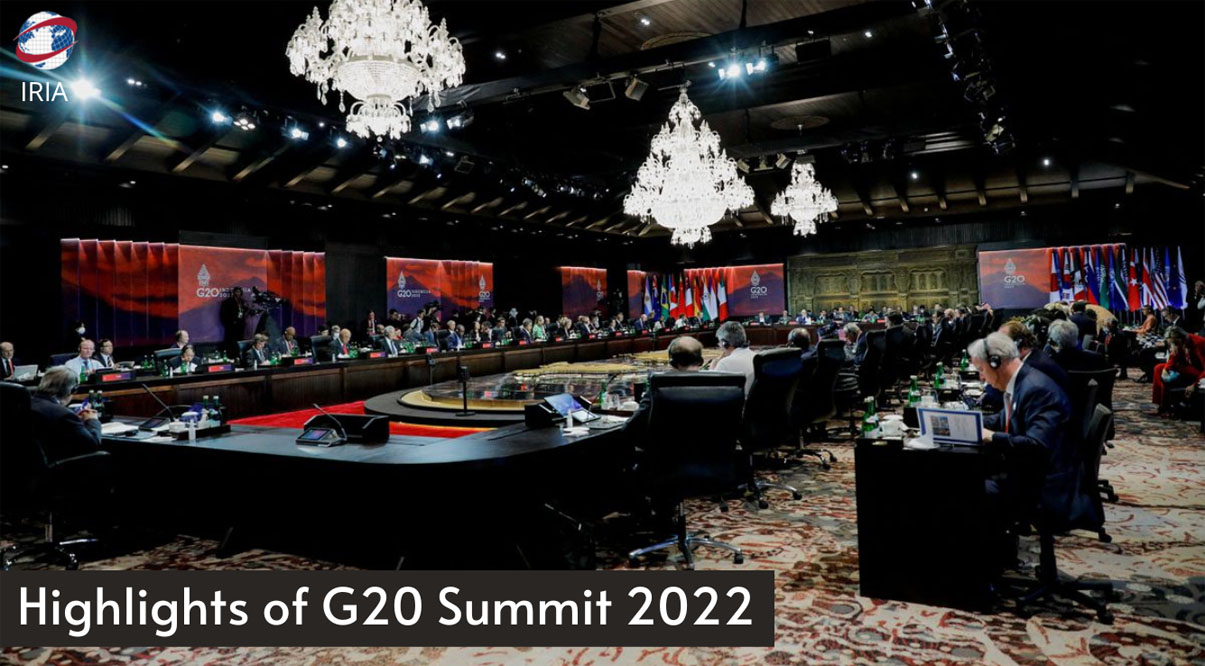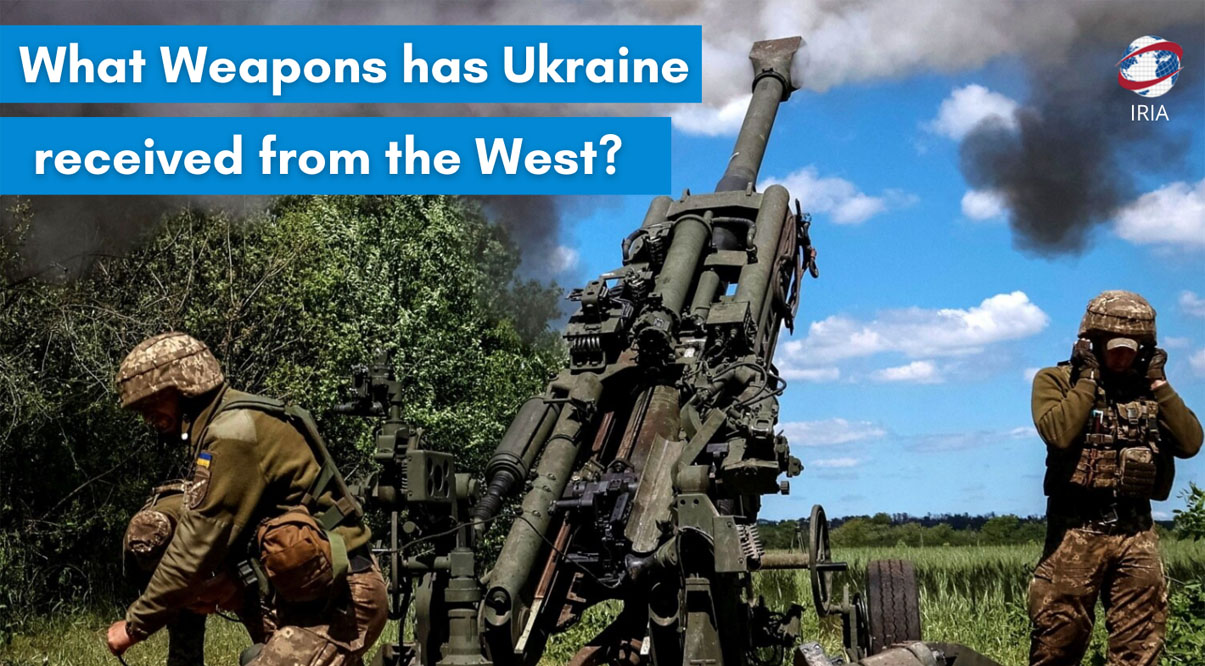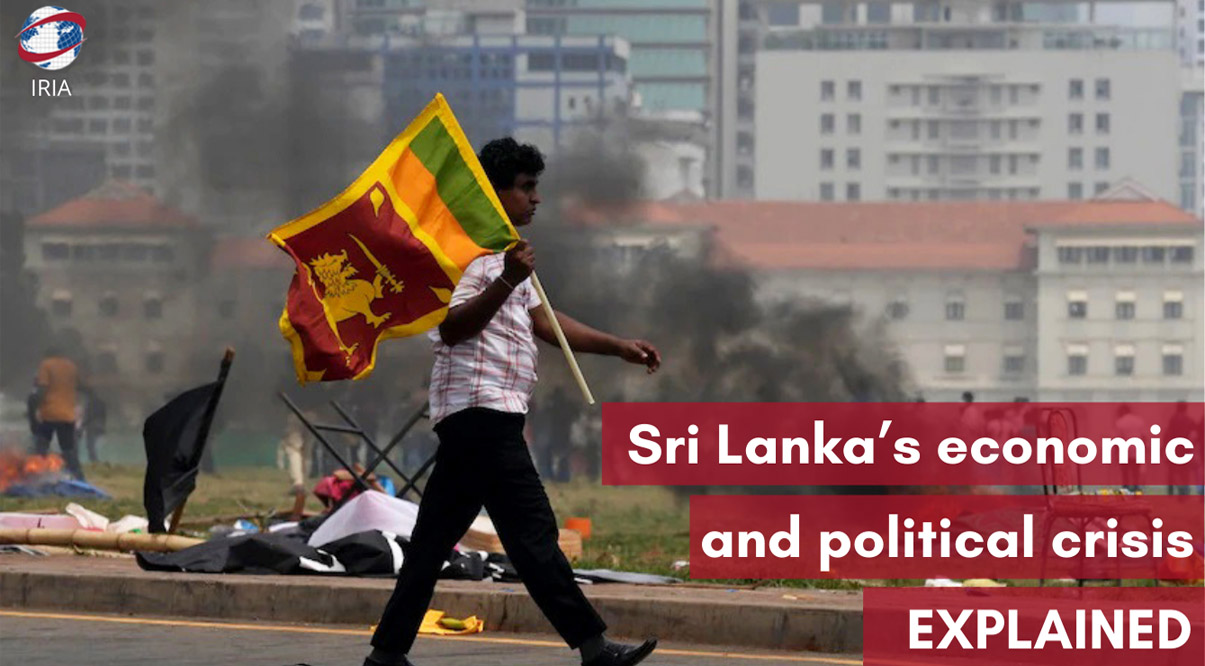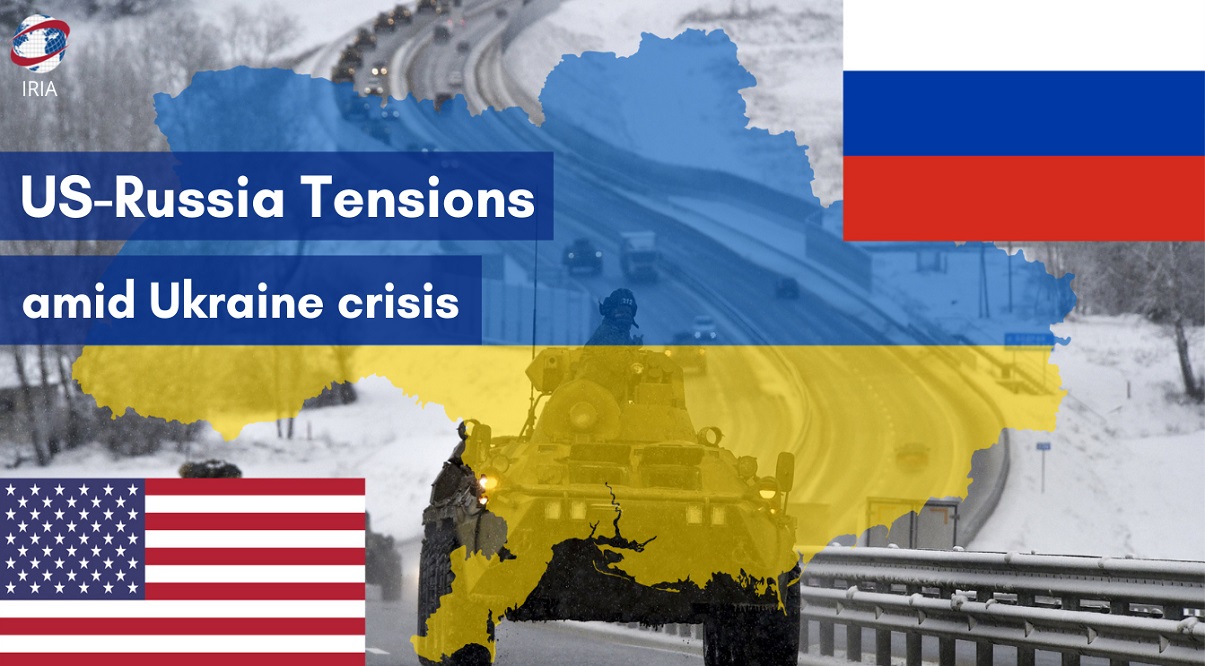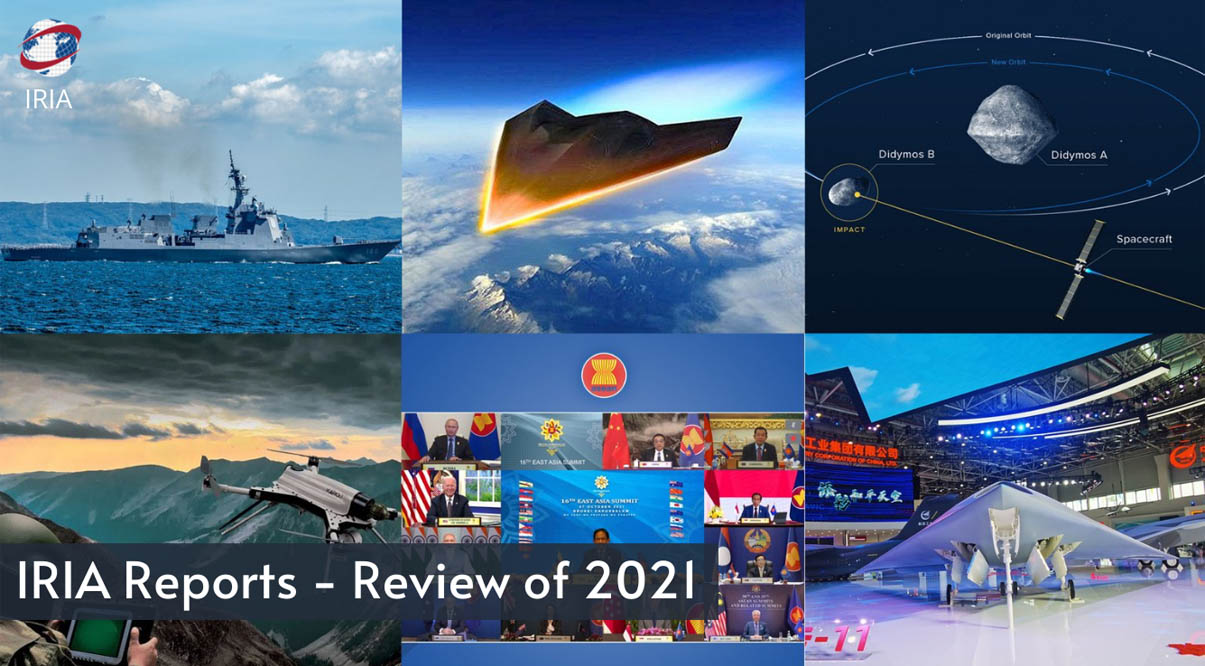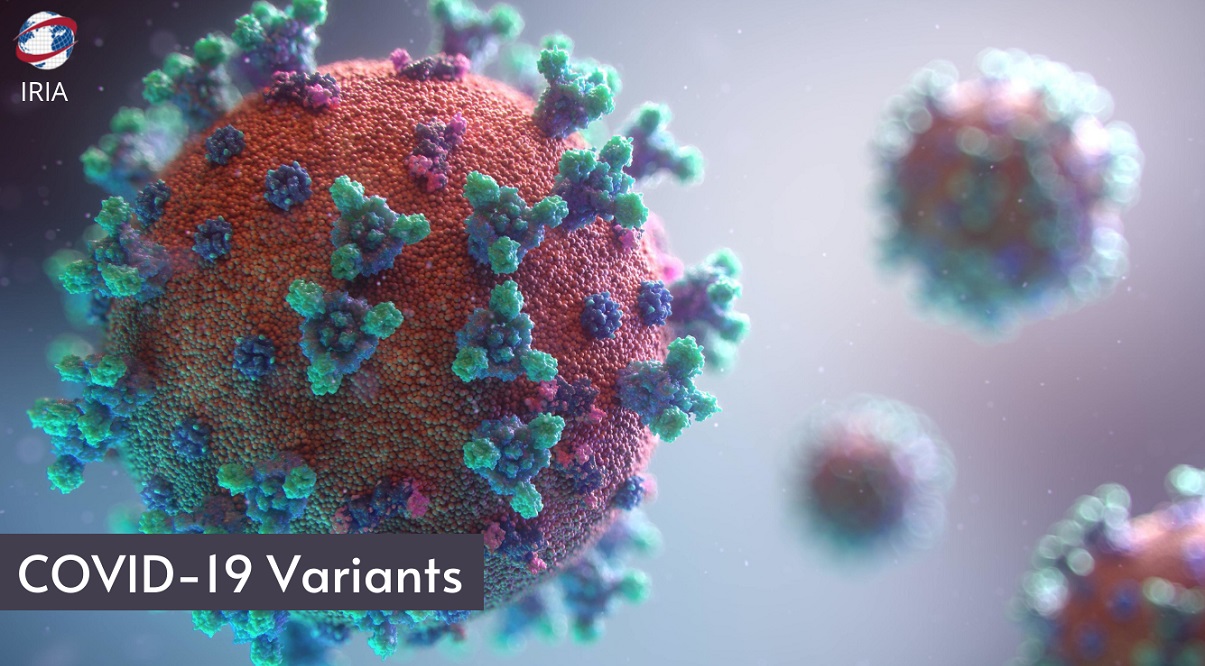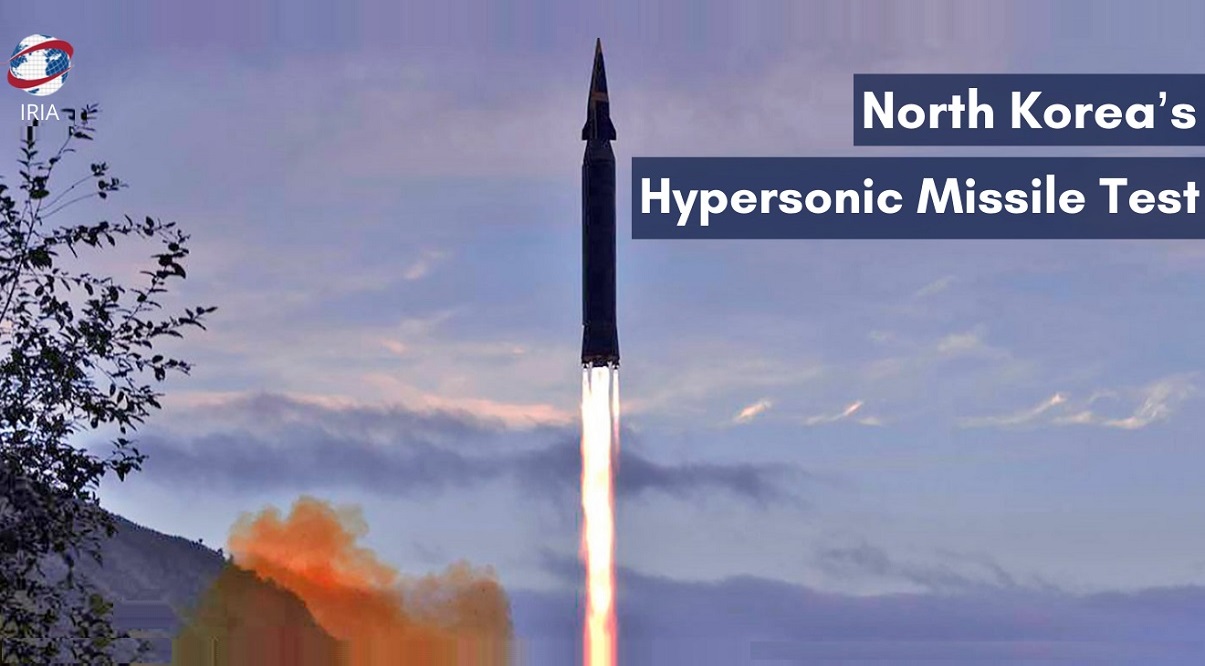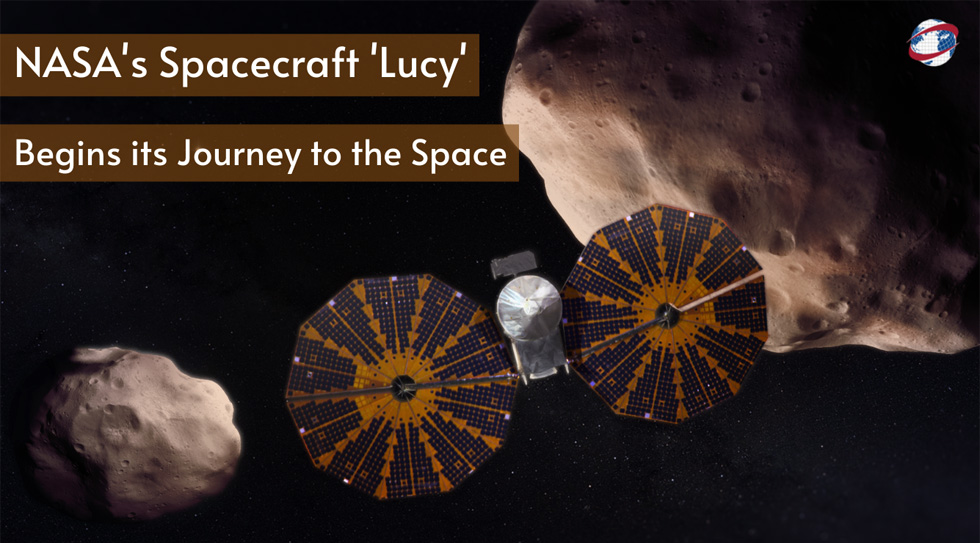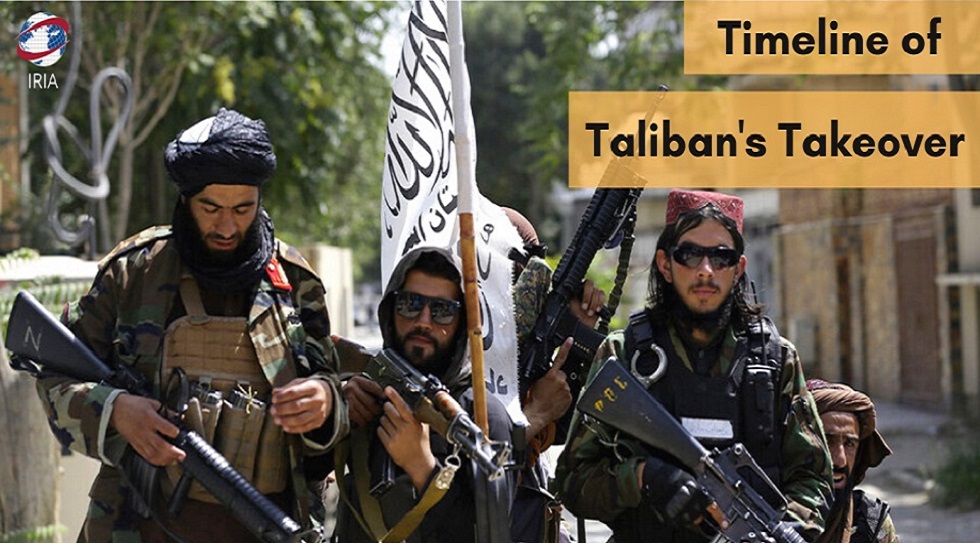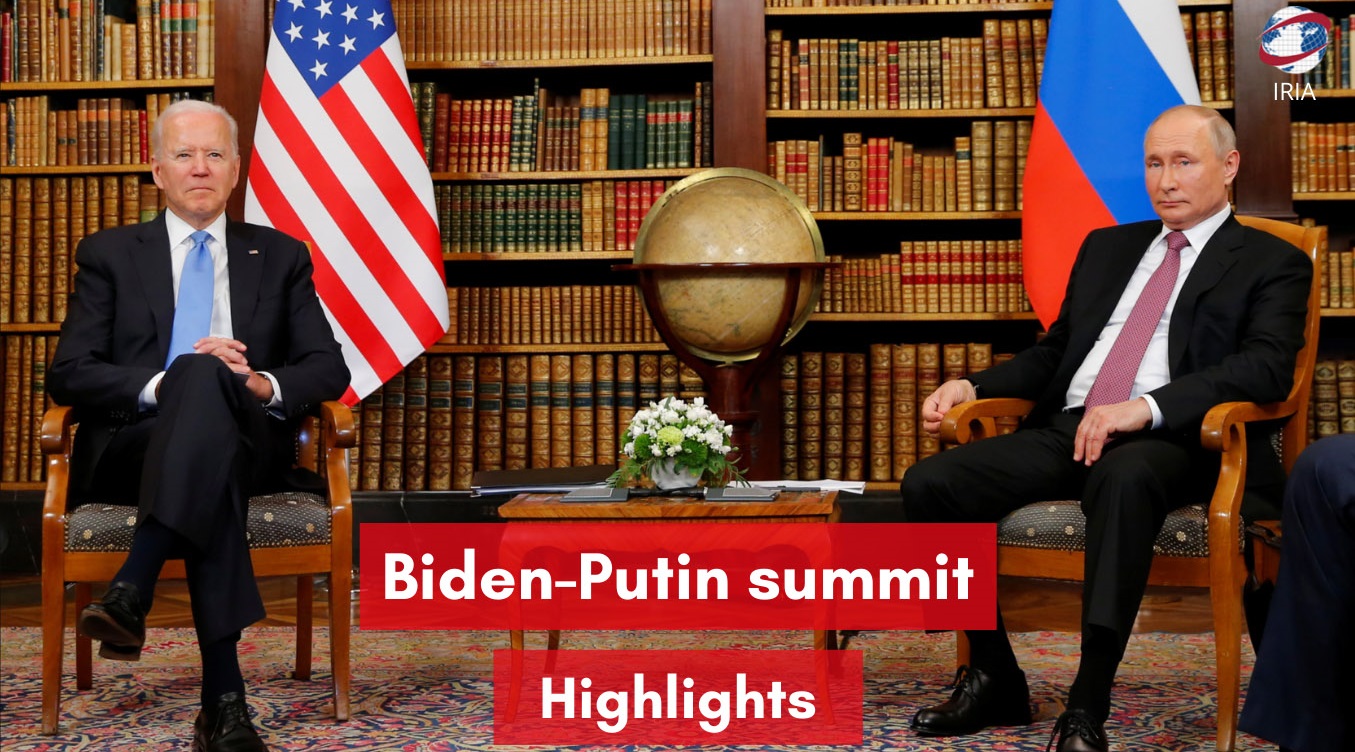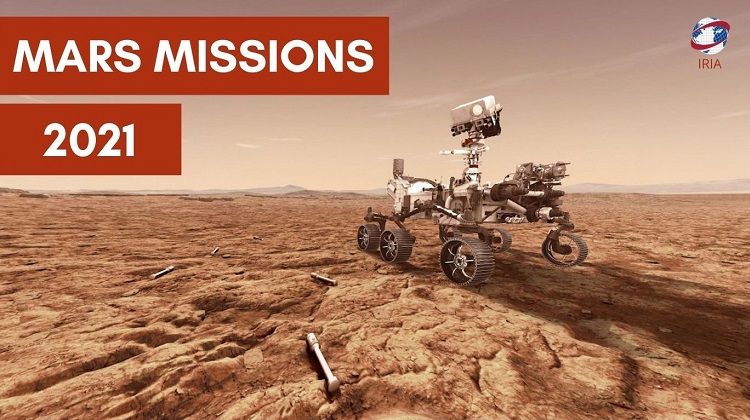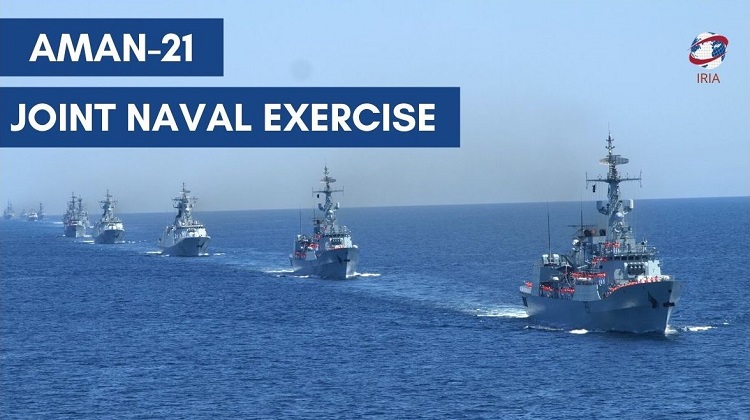Key takeaways from G20 Summit 2022?
Download Video
Righ click 'Save link as' to downloadWhat Weapons has Ukraine received from the West?
Download Video
Righ click 'Save link as' to downloadEconomic Crisis and Political Unrest in Sri Lanka
Download Video
Righ click 'Save link as' to downloadSri Lanka is currently facing its worst financial crisis in more than 70 years. Food prices rose by a record 30% in March alone. The economic crisis in the island nation of 22 million has resulted in one of the worst political chaos since the country's independence in 1948.
Protestors across the country torched houses of ministers and the Rajapaksa family that has dominated Sri Lankan politics for nearly two decades.
In the face of public anger, the prime minister and cabinet ministers resigned in full on May 16. The crisis led to soaring inflation, devaluation of the currency, and the serious shortage of food, medicine, and fuel.
What factors led to the economic crisis in Sri Lanka?
Political Mismanagement and Poor Economic Decisions
To fulfill his election promises, Sri Lanka’s President Gotabaya Rajapaksa imposed tax cuts and a ban on imports, including fertilizers. The sudden ban on chemical fertilizers affected the farmers, resulted in a huge blow to agriculture production, and prompted a surge in food prices.
External Debt and Fall of Foreign Remittance
Sri Lanka's external debt currently stands at 119% of its GDP. Sri Lankan foreign workers are using unofficial channels to send money, cutting the official remittance rate by 61%. Amid the crushing debt, the central banks have been running dangerously low on foreign currency.
COVID-19 Pandemic and its Impact on Tourism
COVID-19 pandemic created economic challenges for the weak Sri Lankan economy and badly affected the tourism industry, which earned Sri Lanka $4.4 billion in 2018.
Fuel Prices and Cost of Basic Necessities
A widespread fuel shortage and skyrocketing prices in the international market caused a rise in fuel prices by 94% in one year. This resulted in an immense increase in the cost of basic necessities in Sri Lanka.
Timeline of U.S.-Russia tensions amid Ukraine crisis
Download Video
Righ click 'Save link as' to downloadThe Ukraine Crisis began in 2014 when pro-Russian separatists started fighting with the Ukrainian forces in the eastern region of the country.
March 2014 - Russia invaded and annexed Crimea. The move worsened already deteriorated relations between the U.S. and Russia.
April 2014 - An armed conflict between the Ukrainian military and separatists turned into a full-on war. The U.S. repeatedly accused Russia of supporting the separatist groups in eastern Ukraine.
June 2015 - France, Germany, and other European countries tried to intervene in the Ukrainian armed conflict but failed to mediate. Russia took control of the Crimea and some other eastern territories of Ukraine.
December 2020 - Deadly conflicts between the separatists and the Ukrainian military intensified again claiming the lives of more than 13,000 people and forcing 1.5 million people to be displaced.
February 2021 - After the Biden administration took charge of the White House, the U.S. accused Russia of deliberately blocking ways to achieve a solution for the Ukraine crisis.
June 2021 - Russia started deploying heavy weapons and army units along the Ukrainian border. The U.S. and NATO allies expressed serious concerns over Russia's deployment. The Ukrainian president called upon its western allies to immediately intervene.
December 2021 - U.S. President Biden and Russian President Putin held two video conferences in which the U.S. affirmed its “unwavering support” for Ukraine and warned Russia of economic sanctions. Russia released a security proposal and called U.S. and NATO to meet certain conditions to defuse the situation. However, U.S. and NATO rejected Russia's proposal.
January 2022 - Officials from the U.S. and Russia met in Geneva for the Strategic Stability Dialogue. The two delegations also participated in the NATO-Russia Council meeting in Brussels. However, the meetings did not lead to any substantive solution for the Ukraine crisis.
February 2022 - Russia deployed Naval Fleet along with the Ukrainian maritime borders. President Putin and French President Macron held a six-hour meeting to find a solution and defuse tensions. However, the meeting failed to achieve any breakthrough.
On February 12, 2022, U.S. President Biden held phone talks with Russian President Putin. Biden told Putin that the Russian invasion of Ukraine would produce widespread human suffering and diminish Russia’s standing. While Putin told Biden that the U.S. did not take Russia’s main concerns into account, including NATO’s expansion and deployment of forces around Ukraine.
Amid the increasing threat of Russian invasion, the U.S. administration asked its citizens to leave Ukraine, while Russia called back its diplomatic mission from Kyiv. As of now, U.S. and Russia have engaged in several presidential and ministerial level dialogues. However, a table talk solution to the Ukraine crisis seems far from being achieved and the possibility of a Russian invasion of Ukraine remains high.
IRIA Reports - Review of 2021
Download Video
Righ click 'Save link as' to downloadIRIA Top 5 Reports in 2021
1. Hypersonic and Directed-Energy Weapons
In 2021 major powers have made significant progress in developing Hypersonic and Directed-energy weapons capabilities. The IRIA report published in October 2021 highlights the Hypersonic and Directed-energy weapons program of the U.S., China, Russia, France, UK, Japan, Koreas, India, Turkey, and Pakistan.
2. IRIA Defense Review 2021
IRIA Defense Review focuses on the latest advancements in all domains of weapons technologies. The year 2021 witnessed significant progress on this front with many countries unveiling their weapons upgrade plans and aircraft, warships, and missile procurement programs. The report features the latest developments in naval and aerial warfare capabilities and hypersonic weapon programs of the U.S, Russia, and China, highlights the developments in Turkey’s drone technology, Japan’s procurement of AEGIS destroyer, and India and Pakistan’s indigenously developed weapons, as well as Iran’s latest Alborz and Borhan air defense systems, and North Korea’s Hwagsong-8 hypersonic missiles.
3. NASA Launches Spacecraft on a Suicide Mission to Kick Asteroid Off Course
On November 24, 2021, NASA turned Hollywood storytellers’ imaginative plans of saving the planet earth into a tangible reality. NASA launched its first spacecraft under the Double Asteroids Redirection Test or DART project. The DART would smash into an asteroid and push it off course. The success of the mission would ensure that humanity stands a better chance of surviving an asteroid collision than our predecessor, Dinosaurs.
4. Highlights of the 16th East Asia Summit
The leaders of the Association of Southeast Asian Nations (ASEAN) joined the annual East Asia Summit on October 26, 2021. The meeting was also attended by the leaders of the U.S., China, Australia, New Zealand, Japan, South Korea, India, and Russia. The virtual session was held to discuss regional and international challenges, including the climate crises and the COVID-19 pandemic. This was the first time in four years that the U.S. president participated in a virtual summit with leaders of the ASEAN.
5. Highlights of Zhuhai Airshow China 2021
China's ambition for self-sufficiency in aerospace and its growing defense technology was displayed at the country's biggest air show. Airshow China 2021 was held in Zhuhai from September 28 to October 3, 2021. During the airshow, more than 100 aircraft were displayed in the air or on the ground, including a next-generation crewed rocket and heavy-lift launch vehicle. China’s most advanced aerial weapons and equipment were some of the main highlights and the country’s latest modifications on the J-20 stealth fighter jet and the H-20 strategic stealth bomber were introduced for the first time during the airshow.
COVID-19 Variants
Download Video
Righ click 'Save link as' to downloadGlobally, as of December 06, 2021, there have been 265,194,191 confirmed cases of COVID-19, and 5,254,116 deaths, reported to WHO.
Alpha (B.1.1.7) - First reported in the United Kingdom in September 2020.
The Alpha variant is 50% more transmissible than earlier strains. According to the GISAID data on May 17, Alpha accounted for 69% of the global infections of variant strains.
Alpha is extremely contagious and the variant carries a mutation that temporarily hides the virus from the immune system for several hours. According to studies, the AstraZeneca vaccine was 70% and the Pfizer vaccine was 90% effective in preventing symptomatic Alpha variant infection.
Beta (B.1.351) - First documented in South Africa in May 2020.
The Beta variant is highly contagious and good at avoiding tracking by the human immune system. Beta's infectivity is about 50% higher than the original new coronavirus.
The prevalence of the Beta variant is higher among young people with no underlying health conditions, and it is more likely to result in serious illness. In one study, researchers found that two doses of the Pfizer vaccine were 75% effective against any infection from the Beta variant.
Gamma (P.1) - The Gamma variant, first reported in Brazil in November 2020.
The Gamma variant showed 2.2 times higher transmissibility with the ability to infect both adults and older persons.
A study indicated the possibility of reinfection from the Gamma variant after recovery from an earlier COVID-19 infection. However, the Gamma variant is not anywhere near as transmissible as Alpha or Delta variants.
Delta (B.1.617.2) - First documented in India in October 2020.
The Delta variant is up to 60% more transmissible and spread almost twice as fast as the Alpha variant. Delta is more infectious than any previous coronavirus mutant strain. It is also more than twice as contagious as previous variants.
On June 3, 2021, Public Health England reported that twelve of the 42 deaths from the Delta variant in England were among the fully vaccinated. Foothills Medical Centre in Calgary, Canada reported that half of their 22 cases of the Delta variant occurred among the fully vaccinated.
Omicron (B.1.1.529) - First discovered in South Africa in November 2021.
The Omicron variant, known as lineage B.1.1.529, was declared a variant of concern by the WHO on November 26, 2021. Preliminary evidence suggests that the variant has a large number of mutations and there may be an increased risk of reinfection with Omicron.
According to studies, people who have previously had COVID-19 could become reinfected more easily with Omicron, as compared to other variants. Studies are underway to evaluate the exact impact on transmissibility, mortality, and other factors.
As of December 6, 2021, about 8 billion vaccine doses have been administered around the world.
North Korea's Hypersonic Missile "Hwasong-8"
Download Video
Righ click 'Save link as' to downloadIn recent months North Korea has paced its efforts to develop next-generation weapons systems. On September 28, 2021, North Korea successfully test-fired a newly developed hypersonic missile “Hwasong-8”. Hypersonic missiles are difficult to track and intercept than intercontinental ballistic missiles, which follow predictable trajectories.
The Hwasong-8 was reported to use a “missile fuel ampoule”, which allows missiles to be pre-fueled and then sent to the field in canisters. The missile was topped with a hypersonic gliding vehicle (HGV) warhead. The missile flew “shorter than 200 kilometers” at an altitude of around 60 km (37 miles). North Korean officials called the missile a "strategic weapon", which means it has nuclear capabilities.
According to South Korean military officials, North Korea fired the missile off its east coast towards the sea. North Korea’s Hwasong-8 HGV reached a top speed of “Mach 2.5” - South Korean Missile Specialist Chang Young-keun.
Experts claim that North Korea's HGV technology is not comparable to those of the U.S., Russia, or China. The U.S. and South Korean officials said that they are capable of detecting and intercepting North Korean missiles.
The Hwasong-8 launch marked the country's third missile test in September, following a new type of cruise missile, and a new train-launched ballistic missile system. With the launch of Hwasong-8, North Korea joins the hypersonic arms race. Experts believe that North Korea seeks to normalize its defense activities to win international acceptance of its nuclear and ballistic missiles.
NASA's Spacecraft Lucy Begins its Journey
Download Video
Righ click 'Save link as' to downloadNASA successfully launched its newest spacecraft “Lucy” at 5:34 a.m. ET on October 16, 2021, from Cape Canaveral Space Force Station in Florida.
NASA's planetary science mission, Lucy, is an asteroid-observing probe. The Lucy probe will help unlock new knowledge about the formation of our solar system. The name of the probe was inspired by the 3.2-million-year-old Lucy skeleton, that fundamentally changed our understanding of human evolution. Similarly, NASA’s Lucy mission seeks to increase our knowledge of the formation of planets, including Earth.
NASA's newest spacecraft costs nearly $1 billion. The Lucy probe, which is equipped with advanced scientific instruments and cameras, will explore the Trojan asteroids of Jupiter, that are believed to be “fossils of planet formation”. The mission will uncover one of the solar system's greatest mysteries, and help answer the question of “how did the giant planets form?”.
Lucy Mission is operated by Lockheed Martin Space from its Littleton, Colorado, facility, while NASA's Goddard Space Flight Center in Greenbelt, Maryland, provides overall mission management, systems engineering, safety and mission assurance. Marshall Space Flight Center in Huntsville, Alabama, oversees the Discovery Program for the agency's Science Mission Directorate in Washington, D.C., and NASA Goddard, Arizona State University and Johns Hopkins Applied Physics Laboratory contributed the instruments. The Southwest Research Institute’s Colorado branch is the principal investigator institution of the mission.
Timeline of the Taliban's takeover of Afghanistan
Download Video
Righ click 'Save link as' to downloadHighlights of Biden-Putin Summit
Download Video
Righ click 'Save link as' to downloadKey Takeaways from G7 Summit
Download Video
Righ click 'Save link as' to downloadThe US-China Alaska Talks
Download Video
Righ click 'Save link as' to downloadThe US-China Alaska Talks – A Beginning of Modern Cold War?
The US and Chinese officials held first face-to-face meeting after the US President Biden took office. The talks in Alaska, Anchorage demonstrated the deep distrust and divisions between world’s two largest economic powers.
The US Secretary of State Antony Blinken and NSA Jake Sullivan raised the issue of “actions by China in Xinjiang, Hong Kong, Taiwan, cyber attacks on the United States, and economic coercion toward allies.”
In response, China’s top diplomat Yang Jiechi said people within the US “have little confidence in the democracy of the United States.” Chinese diplomats stressed that “China has made steady progress in human rights, and China considers Xinjiang, Tibet, and Taiwan as its internal affairs.” Rebuking the rules-based order, Yang Jiechi said “the US does not represent the world” and that “U.S. is the champion of cyberattacks.”
The two sides left Alaska without any joint statement on collaborating even in areas where they share mutual interest or future engagement. The US Secretary of State Blinken said that despite the tensions, the two sides were able to have a “very candid conversation” on topics of mutual interests, including North Korea, Iran, Afghanistan and climate change.
Chinese top diplomats “reflected a newly combative and unapologetic China, one increasingly unbowed by diplomatic pressure” from America. Former Chinese minister Wei Jianguo described the talks as “a grand show of China's strength, indicating to the US that China's development and growth cannot be stopped”. Wei Jiangu said “The US should not underestimate China's resolve to safeguard its sovereignty, security and development interests.”
The US analysts believe that competition with China will be determined by economics and technology rather military, and they will compete across the geopolitical trade, technology, cybersecurity, and military domains.
Mars Missions 2021
Download Video
Righ click 'Save link as' to downloadThe U.S., China and UAE Mars Missions - 2021
United States' Mars Mission
- Mars 2020 Perseverance Rover is part of NASA's Mars Exploration Program and was launched on July 30, 2020.
- It landed on Mars surface on February 18, 2021 and is designed to spend one Martian year (two Earth years).
- Perseverance Rover Mission’s objective is to seek signs of habitable conditions on Mars in the ancient past as well as search for signs of past microbial life and characterize the planet’s geology and past climate.
- The mission provides opportunities to accumulate knowledge and address the challenges of future human expeditions to Mars.
- Perseverance Mission would also test methods for producing oxygen from the Martian atmosphere, as well as identify resources including subsurface water.
China’s Mars Mission
- China’s first independent Mars mission, Tianwen 1, reached the orbit around the Red Planet on February 10, 2021.
- Tianwen 1 has flown for 197 days and more than 465 million kilometers on its journey to the planet. It will attempt to land a rover on Mars surface in May, 2021.
- China’s Tianwen 1 Mars probe is country’s heaviest space prove weighing 5 tons. It is also the fastest rocket is China’s history with an escape velocity of 11.2 kms per second.
- The probe consists of an orbiter, a lander and a six-wheeled rover carrying scientific instruments.
- Tianwen 1 Mission’s objective is to analyze soil and atmosphere, capture images, chart maps, study composition of soil and rocks and look for water and past signs of life.
Emirates' Mars Mission
- The United Arab Emirates’ first-ever interplanetary mission has successfully entered orbit around Mars on February 09, 2021 after a seven-month journey.
- The Emirates Mars Mission cost around $200 million and was launched from Tanegashima Space Centre in Japan.
- The Hope orbiter is scheduled to last for a full Martian year (687 Earth days).
- The probe’s objective is to study Mars atmosphere, the loss of hydrogen and oxygen gases into space, and to provide a complete picture of the Martian atmosphere.
Aman-21 Joint Naval Exercise
Download Video
Righ click 'Save link as' to downloadThe Aman-21 (Peace-21) was the largest multinational maritime exercise in the North Arabian Sea. It was held under the banner of ‘Together for Peace’ from February 11-16, 2021.
- The main objective of naval drills was to attain regional peace, counter maritime challenges and enhance interoperability between regional and extra regional navies.
- The most significant aspect of the naval drills was that it gathered the United States, Russia, China as well as NATO members under the platform for collaborative maritime security.
The Aman-21 exercise formation included:
British Royal Navy Type 23 guided-missile frigate HMS Montrose F-236,
Arleigh Burke class guided-missile destroyer USS John Paul Jones,
Russia's Admiral Grigorovich frigate,
People's Liberation Army Navy (PLAN) Type 052D guided missile destroyer Guiyang,
Pakistan Navy F-22P Zulfiquar-class frigate,
Japanese destroyer JS Suzunami among others.

















